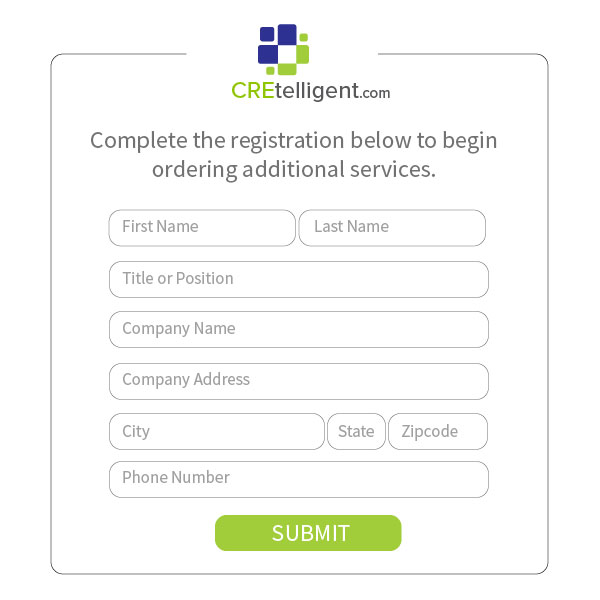Wendell Sommers is the Chief Operating Officer & President of Fulfillment Operations for CREtelligent. He joined the company as part of the CREtelligent/NexusCRE merger and was the founder and CEO of CRESurveys, the company that rebranded to NexusCRE in 2021. Nexus CRE and CREtelligent merged in July 2022.
Wendell began his tenure in the Commercial Real Estate industry in 1995 when he purchased his first commercial property. At the end of 2011, Wendell accepted the challenge of beginning a family of companies that would provide superior due diligence products supported by unparalleled customer service and started CRESurveys. Under Wendell’s leadership, CRESurveys, and later NexusCRE, grew quickly to become one of the premier providers of due diligence services throughout the U.S. prior to the merger with CREtelligent.











